
Some called it “conservas”, others went with “hot girl food”. Either way, meals centred on canned fish took off in earnest in early 2023. Social media was full of posts of videos of tastings and recipes for the likes of mackerel and sardines. Messageboard users held discussions about what condiment paired best with which fish.
By the end of the year, TikTok’s #tinnedfish hashtag had passed 120 million views – and the craze reached the physical world. In the US, busy consumers treated canned fish as a handy on-the-go meal option, and restaurants started serving fish from cans.
That this is a US phenomenon is important. Although there’s now a London restaurant, Saltie Girl, featuring 100 tins of canned fish on its menu – the trend appears to have had little-to-no effect in the UK, where volume sales of canned fish are down by two million packs.
Inflation drives canned food’s value growth
Admittedly, several brands have grown units. Ortiz El Velero, for instance, is up 23.8%. NIQ retailer services team leader Lisa Rees puts this performance down to the brand’s premium appeal.
But such gains have failed to grow volumes for branded canned fish overall: sales are down 11.7%. Meanwhile, average price per pack of branded lines is up 13.4%. That’s another critical point. It’s illustrative of the scale and effect of price hikes across the canned food category.
“Canned food’s positive value performance has been heavily affected by price inflation, and coupled with declining volumes,” confirms Rees.
For further evidence, look at market powerhouse Heinz. In tinned baked beans, volumes slumped 13.7% – but value rose £18.4m, driven by a 26.4% price in average pack price.
This effect is even more marked in canned pasta, where Heinz saw an 18.4% value uplift worth £9.8m despite a 11.8% volume decline, pointing to a 35% hike in average price.
Heinz remains insistent price hikes – which sparked a row with Tesco in the summer of 2022 – have been absolutely necessary, despite the effects on volumes. The supplier has previously pointed to sharp increases in the cost of ingredients, such as tomatoes and edible oils, metals used in cans, wider energy costs and the need to mitigate these inputs.
Heinz reinvests into value for shoppers
“The entire food industry has been operating in a very challenging and uncertain environment, with costs of production still extremely high,” says Alessandra de Dreuille, director of meals & insight at Heinz. “As a result, some of our categories, including beans, experienced a decline in volume.”
However, Heinz is now “reinvesting back into ways to offer shoppers better value – starting with new promotional activities on some of our iconic and most-loved products.”
That’s going to be crucial to address the volume decline, with beans seeing a massive shift to own label, where volumes are up 12.7%, while brands are down 14.7%.
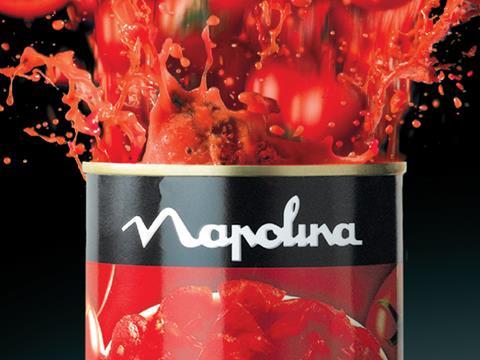
Napolina was censured by the ASA in August for exaggerating the likelihood of winning a promotion it ran with Tesco. The canned veg giant gave just one competition entrant a £500 Tesco voucher, after advertising that 250 vouchers were “instantly” available.
Though less extreme, a similar picture presents across all canned markets. “Own label has achieved volume growth in every sector except for fruit, while also facing inflation pressures,” says Rees.
“Price positioning and matching has also seen expansion of economy/tertiary own-label sub-brands, giving savvy choice rather than the perception of trading down.”
These over-arching trends point to a category under pressure. But it’s not without some success stories.
“Successful brands have tapped more niche, sourcing, heritage, and premium areas,” says Rees, pointing to the gains for Cirio and Mutti in canned veg. Their respective volumes are up 29.3% and 38.1%.
Canned fruit volume declines
There are also some more structural causes of optimism for brands and the larger category. First, volume declines are likely more illustrative of a return to normality rather than a slump in demand, following a huge uptick during lockdowns.
Take canned fruit. This year’s 11.2% decline for brands “was not unexpected” given last year’s figures were still impacted by covid, says Martin Tilney, Del Monte senior commercial director. “By mid-2023 the market was back to its pre-lockdown value sales level.”
Princes Group marketing director Jeremy Gibson concurs: “While we have seen value growth in some areas, our volumes have continued to abate to pre-pandemic levels.”
Second, pressure on consumer wallets plays into the category’s strengths in terms of ambient being a cheaper alternative to fresh goods as Brits cook at home more.
But what to make first: tinned sardines on toast or pasta with canned mackerel?
Top Launch 2023
Heinz Culinary Tomatoes | Kraft Heinz
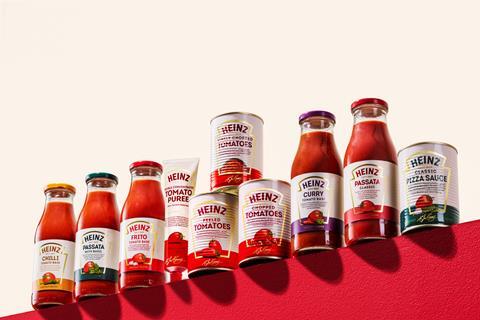
Heinz sought to tap the home-cooking craze in July with Culinary Tomatoes. The 11-strong lineup includes cooking sauce, tomato purée and, perhaps most significantly, the brand’s first foray into tinned tomatoes. The launch provides “something for everyone, regardless of their cooking skills”, according to Heinz. It was developed based on research that found that seven of the UK’s top 10 favourite dishes were tomato-based, from pizza to chicken bhuna.
Topics
Face off: Top Products Survey 2023 pits brands vs own-label
- 1
- 2
- 3
- 4
- 5
- 6
- 7
- 8
- 9
- 10
 Currently reading
Currently readingCanned goods 2023: On-trend fish cans still face falling sales
- 11
- 12
- 13
- 14
- 15
- 16
- 17
- 18
- 19
- 20
- 21
- 22
- 23
- 24
- 25
- 26
- 27
- 28
- 29
- 30
- 31
- 32
- 33
- 34
- 35
- 36
- 37
- 38
- 39
- 40
- 41
- 42
- 43
- 44
- 45
- 46



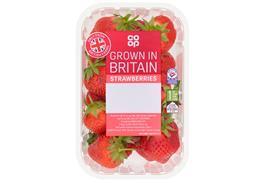



![Beans Face Off_RGB[18]](https://dmrqkbkq8el9i.cloudfront.net/Pictures/100x67/9/5/1/311951_beansfaceoff_rgb18_56926_crop.jpg)













































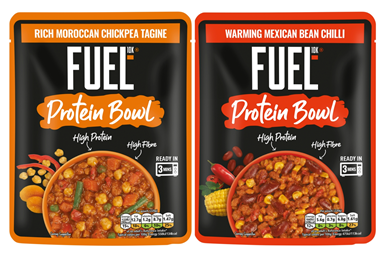

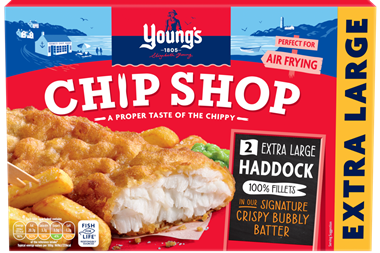








No comments yet